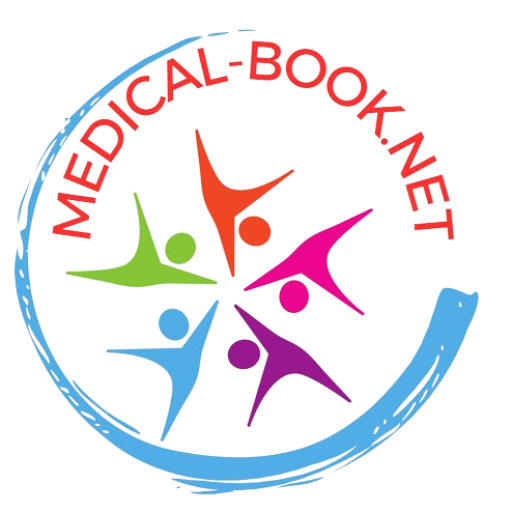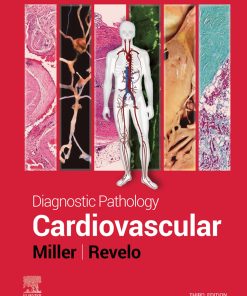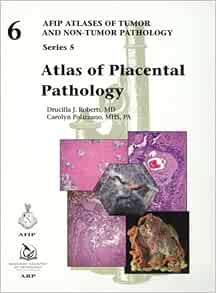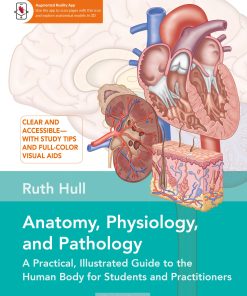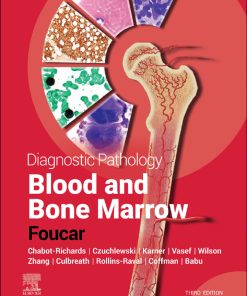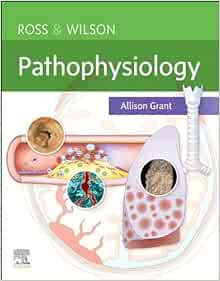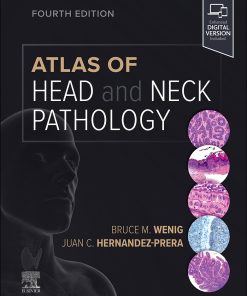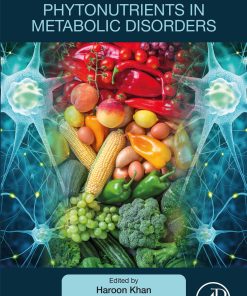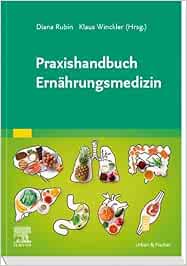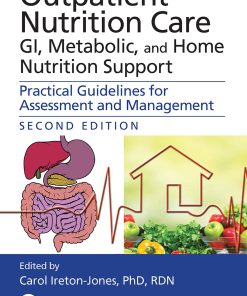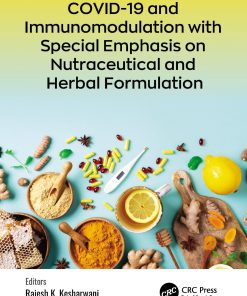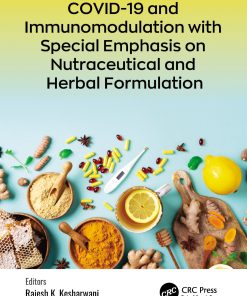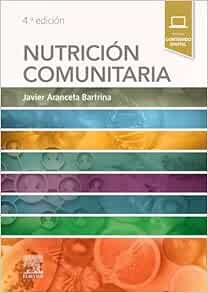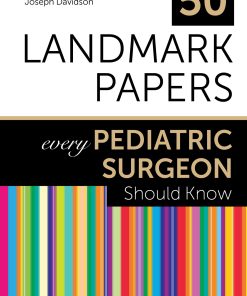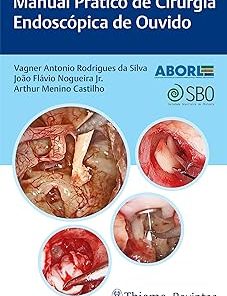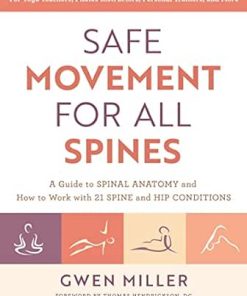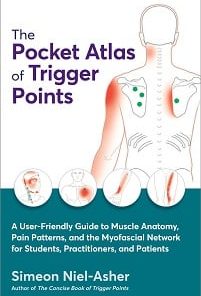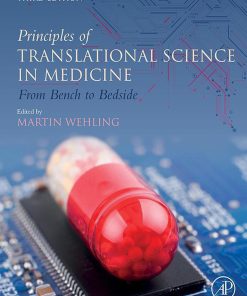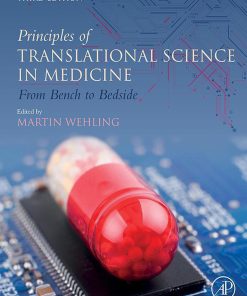Discover the Best Medical Books to Advance Your Knowledge
Get Your Medical Books Now!
Are you looking for the latest medical books? Look no further! At ebooksmedicine.net, you can find a wide selection of medical books from leading authors and publishers. Whether you are a student, a doctor, or a researcher, you will find the perfect book to help you stay up-to-date with the latest medical knowledge. With our easy-to-use search engine, you can quickly find the book you need. Plus, we offer free shipping on all orders over $50. So don’t wait any longer – get your medical books now!
Pathology Books
Pathology Books
Diagnostic Pathology: Blood And Bone Marrow, 3rd Edition (EPUB)
Pathology Books
Nutrition Dietetics Books
Anthocyanins In Subtropical Fruits: Chemical Properties, Processing, And Health Benefits (EPUB)
Nutrition Dietetics Books
Nutraceuticals: Efficacy, Safety and Toxicity, 2nd Edition (Original PDF from Publisher)
Nutrition Dietetics Books
The Role Of Phytonutrients In Metabolic Disorders (Original PDF From Publisher)
Nutrition Dietetics Books
Praxishandbuch Ernährungsmedizin (Original PDF From Publisher)
Nutrition Dietetics Books
Nutrition Dietetics Books
COVID-19 And Immunomodulation With Special Emphasis On Nutraceutical And Herbal Formulation (EPUB)
Nutrition Dietetics Books
Strategies To Improve The Quality Of Foods (Original PDF From Publisher)
Nutrition Dietetics Books
Nutrición Comunitaria, 4th Edition (Original PDF From Publisher)
Nutrition Dietetics Books
Nutrition Dietetics Books
Advances In Food And Nutrition Research (Volume 106) (Original PDF From Publisher)
Nutrition Dietetics Books
Acrylamide In Food, 2nd Edition (Original PDF From Publisher)
Forensic Medicine Books
50 Landmark Papers Every Pediatric Surgeon Should Know (Original PDF From Publisher)
Forensic Medicine Books
Manual Prático De Cirurgia Endoscópica De Ouvido (Portuguese Edition) (EPUB)
Forensic Medicine Books
Cirurgia Micrográfica De Mohs: Das Camadas À Reconstrução (Portuguese Edition) (EPUB)
Forensic Medicine Books
Forensic Medicine Books
Innovations And Emerging Technologies In Wound Care (Original PDF From Publisher)
Molecular Biology Books
Principles Of Translational Science In Medicine: From Bench To Bedside, 3rd Edition (EPUB)
Molecular Biology Books
Charge And Energy Transfer Dynamics In Molecular Systems, 4th Edition (Original PDF From Publisher)
Molecular Biology Books
Charge And Energy Transfer Dynamics In Molecular Systems, 4th Edition (EPUB)
Molecular Biology Books
Bioorganic And Enzymatic Catalysis (Original PDF From Publisher)
Molecular Biology Books
Introduction
Are you looking to advance your knowledge in the medical field? Discover the Best Medical Books to help you stay up-to-date on the latest medical advancements and treatments. With a wide selection of books covering topics such as anatomy, physiology, pharmacology, pathology, and more, you can find the perfect book to help you gain a better understanding of the medical field. Whether you are a student, doctor, nurse, or just someone interested in learning more about medicine, these books will provide you with the information you need to stay informed.
Understanding the Basics of Medical Terminology
Understanding the basics of medical terminology is essential for anyone working in the healthcare field. Medical terminology is a language used to accurately and precisely describe the human body, its components, processes, conditions, and diseases. It is also used to communicate between healthcare professionals, such as doctors, nurses, and technicians.
Medical terminology is composed of root words, prefixes, and suffixes. Root words are the main part of the word and provide the core meaning. Prefixes are added to the beginning of the root word and modify the meaning. Suffixes are added to the end of the root word and also modify the meaning. Knowing the meanings of these components can help you understand the overall meaning of a medical term.
For example, the medical term “cardiomegaly” is composed of three parts: “cardio” (heart), “mega” (enlarged), and “ly” (condition). When combined, they form the term which means an enlarged heart condition.
In addition to understanding the components of medical terms, it is important to be familiar with the various systems of the body. The body is divided into 11 major systems, including the cardiovascular system, respiratory system, digestive system, musculoskeletal system, and nervous system. Each system has its own set of organs, tissues, and functions. Knowing the anatomy and physiology of each system will help you better understand medical terms related to that system.
Finally, it is important to be familiar with common medical abbreviations. Many medical terms are shortened using abbreviations, such as “CBC” for complete blood count or “BMI” for body mass index. Knowing these abbreviations can help you quickly identify what a medical term means.
Understanding the basics of medical terminology is essential for anyone working in the healthcare field. By learning the components of medical terms, the anatomy and physiology of the body’s systems, and common medical abbreviations, you can gain a better understanding of medical terminology and improve your ability to communicate effectively with other healthcare professionals.
Exploring the Latest Advances in Medical Technology
Medical technology is constantly evolving, and the latest advances are revolutionizing the way healthcare is delivered. From artificial intelligence to 3D printing, medical technology is transforming the way doctors diagnose and treat patients.
Artificial Intelligence (AI) is one of the most exciting advances in medical technology. AI can be used to analyze large amounts of data quickly and accurately, allowing doctors to make more informed decisions about patient care. AI can also be used to detect patterns in medical images, such as tumors or other abnormalities, which can help doctors diagnose diseases more quickly and accurately.
3D printing is another major advance in medical technology. 3D printing allows doctors to create custom-made implants and prosthetics that are tailored to a patient’s exact needs. This technology has already been used to create prosthetic limbs, dental implants, and even organs for transplantation.
Robotics is also playing an increasingly important role in medical technology. Robotic surgery is becoming more common, allowing surgeons to perform complex procedures with greater precision and accuracy. Robots can also be used to assist in physical therapy, helping patients regain strength and mobility after an injury or illness.
Wearable technology is also making its way into the medical field. Wearable devices can track vital signs, such as heart rate and blood pressure, and can alert doctors if something is wrong. They can also be used to monitor a patient’s activity level and provide feedback on how to improve their health.
These are just a few of the latest advances in medical technology. As technology continues to evolve, it will open up new possibilities for improving patient care and outcomes. With these advances, doctors will be able to diagnose and treat patients more quickly and accurately, leading to better health outcomes for everyone.
Examining the Role of Nutrition in Health and Wellness
Nutrition plays a vital role in health and wellness. It is essential for the body to receive the right nutrients in order to function properly and maintain good health. Proper nutrition helps to prevent disease, promote growth and development, and improve overall quality of life.
The human body needs a variety of nutrients to stay healthy. These include carbohydrates, proteins, fats, vitamins, minerals, and water. Each nutrient has its own specific role in the body and provides energy, helps build and repair tissues, and helps regulate bodily processes. Eating a balanced diet that includes all of these nutrients is important for optimal health.
Carbohydrates are the body’s main source of energy. They are found in foods such as grains, fruits, vegetables, and dairy products. Proteins are necessary for building and repairing tissues, and they can be found in foods such as meat, fish, eggs, beans, and nuts. Fats provide energy and help the body absorb certain vitamins. They can be found in foods such as oils, butter, and avocados. Vitamins and minerals are essential for many bodily functions, and they can be found in foods such as fruits, vegetables, and fortified cereals. Water is also essential for the body to function properly, and it should be consumed throughout the day.
Eating a balanced diet is important for maintaining good health. A balanced diet should include a variety of foods from each food group, including fruits, vegetables, grains, proteins, and dairy products. Eating a variety of foods ensures that the body receives all of the essential nutrients it needs. Additionally, it is important to limit processed and sugary foods, as these can lead to weight gain and other health problems.
In addition to eating a balanced diet, physical activity is also important for health and wellness. Regular exercise helps to strengthen the body, improve cardiovascular health, and reduce stress. It is recommended that adults get at least 150 minutes of moderate-intensity physical activity per week.
Overall, nutrition plays an important role in health and wellness. Eating a balanced diet and engaging in regular physical activity are essential for maintaining good health. By following these guidelines, individuals can ensure that their bodies are receiving the nutrients they need to stay healthy and strong.
Investigating the Impact of Mental Health on Physical Health
Mental health and physical health are closely intertwined. Mental health can have a significant impact on physical health, and vice versa. Investigating the impact of mental health on physical health is an important area of research that has implications for both individuals and society as a whole.
The relationship between mental health and physical health is complex and multifaceted. Mental health issues such as depression, anxiety, and stress can lead to physical health problems such as headaches, digestive issues, and fatigue. Conversely, physical health issues such as chronic pain or illness can lead to mental health issues such as depression and anxiety. This interplay between mental and physical health can be further complicated by lifestyle factors such as diet, exercise, and substance use.
Research into the impact of mental health on physical health has revealed a number of key findings. For example, studies have found that people with mental health issues are more likely to suffer from physical health problems than those without mental health issues. Additionally, research has shown that people with mental health issues are more likely to engage in unhealthy behaviors such as smoking, drinking, and drug use, which can further exacerbate physical health problems.
The impact of mental health on physical health is not limited to individuals. Studies have also found that mental health issues can have a negative impact on public health. For example, research has found that people with mental health issues are more likely to engage in risky behaviors such as unprotected sex, which can lead to the spread of sexually transmitted diseases. Additionally, research has found that people with mental health issues are more likely to be victims of violence, which can lead to physical injuries.
Investigating the impact of mental health on physical health is an important area of research that has implications for both individuals and society as a whole. By understanding the relationship between mental and physical health, we can develop better strategies for preventing and treating both mental and physical health issues. Additionally, understanding the impact of mental health on physical health can help us create policies and programs that promote overall health and wellbeing.
Analyzing the Benefits of Integrative Medicine Practices
Integrative medicine is an approach to healthcare that combines traditional medical practices with alternative and complementary therapies. It seeks to provide a holistic approach to health and wellness, focusing on the physical, mental, emotional, and spiritual aspects of a person’s life. Integrative medicine has become increasingly popular in recent years as more people seek out natural and holistic approaches to their health and wellbeing.
The benefits of integrative medicine are numerous. By combining traditional medical practices with alternative and complementary therapies, patients can benefit from a comprehensive approach to their health and wellbeing. This approach can help to reduce stress, improve overall health, and promote healing. Additionally, integrative medicine can help to reduce the risk of chronic diseases, such as heart disease, diabetes, and cancer.
Integrative medicine also offers a variety of treatments and therapies that can be tailored to meet the individual needs of each patient. These treatments may include acupuncture, massage therapy, herbal remedies, yoga, meditation, and other lifestyle changes. By utilizing these treatments, patients can experience improved physical and mental health, increased energy levels, and improved quality of life.
Integrative medicine also encourages patients to take an active role in their own health and wellbeing. Patients are encouraged to make healthy lifestyle choices, such as eating a balanced diet, exercising regularly, and getting enough rest. Additionally, they are encouraged to explore their own beliefs and values, and to develop a sense of self-awareness. This can help to create a sense of balance and harmony within the body and mind.
Finally, integrative medicine can help to reduce the cost of healthcare. By utilizing alternative and complementary therapies, patients can often avoid costly medical procedures and medications. Additionally, many of these treatments are covered by insurance, making them more affordable for those who need them.
Overall, integrative medicine offers a wide range of benefits for those seeking a holistic approach to their health and wellbeing. By combining traditional medical practices with alternative and complementary therapies, patients can experience improved physical and mental health, increased energy levels, and improved quality of life. Additionally, integrative medicine can help to reduce the cost of healthcare and encourage patients to take an active role in their own health and wellbeing.
Conclusion
In conclusion, medical books are a great way to advance your knowledge and stay up-to-date on the latest developments in the field. With so many options available, it can be difficult to know which books are the best for you. However, by researching reviews, reading summaries, and considering your own needs, you can find the perfect book to help you reach your goals. Whether you’re looking to learn more about a specific topic or gain a comprehensive understanding of the medical field, there is a book out there that can help you achieve your goals.
